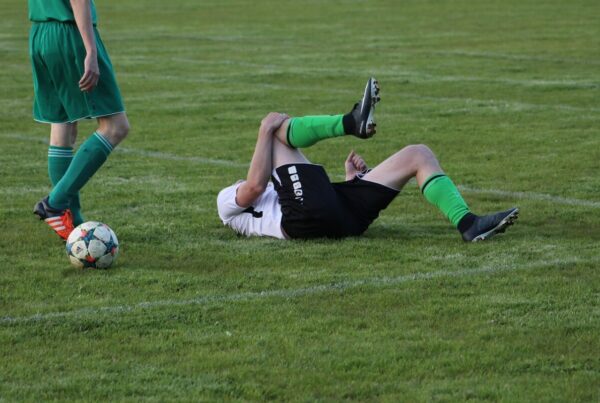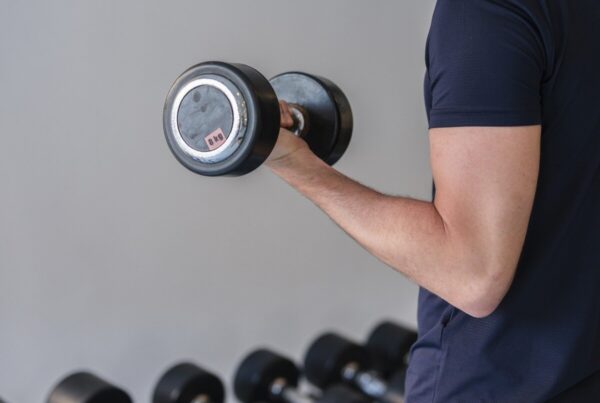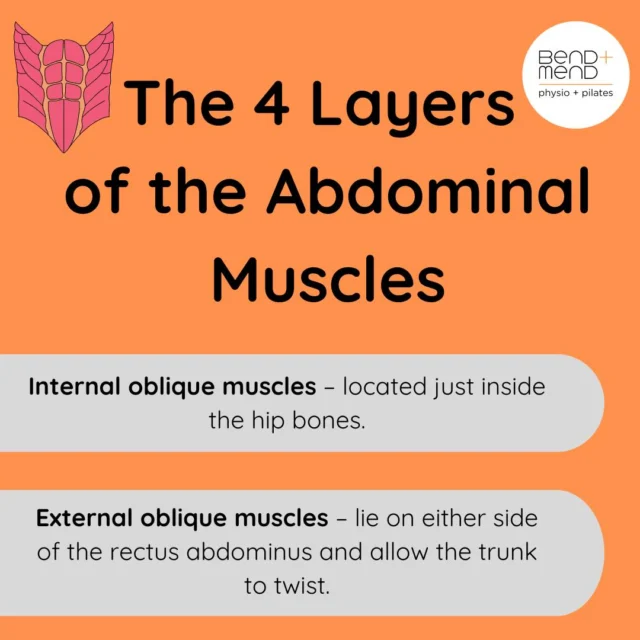Stand with your feet together…. not too hard to keep your balance, right? Now try it with your eyes closed? Still too easy? Now turn your head side to side.
Was it a little bit harder this time?
That’s because your vision and vestibular systems play a role in your balance. The Vestibulo-ocular Reflex (VOR) helps to keep a stable view of our world whilst we’re doing day to day activities.
When the vestibular organs in our inner ear detects a change of head direction, our eyes automatically compensate by moving in the opposite direction to stabilise our visual surroundings.
For example, when walking or running, our eyes and head are moving constantly. If your VOR is functioning optimally, then your vision stays focused. If it is not functioning efficiently, your surroundings whilst you are running may appear blurry or like the world is spinning.
If you feel clumsy, are prone to motion sickness or are finding it difficult to read street signs when walking or driving, these might be indicators that your VOR needs some training. Studies have also shown that training your VOR with gaze stability exercises can help improve balance, postural stability and dynamic visual acuity (Bhardwaj, V., et al 2014) (Morimoto, H., et al 2011)
It is important to remember that whenever you are training your balance, you set yourself up in a safe environment. Stand close to a stable surface such as the kitchen bench in case you need to hold onto something to maintain your balance. Having a chair nearby to rest is also a good idea.
Exercise 1:
- Clasp your hands together and stretch your arms out in front of your body.
- Keep your eyes fixed on your thumbs
- Now turn your head side to side whilst maintaining your focus on your thumbs
- Variations can include instead staring at a pen, or a post it note on the wall
Exercise 2:
- Stand with one foot in front of the other, like you are on a tight rope
- Focus your eyes on a point in front of you
- Now turn your head side to side whilst maintaining your focus on that point in front of you
Try combining these exercises with those described in our previous blog ‘How Can I Improve My Balance?’ to optimise your balance routine.
There are many variations of VOR and gaze stability exercises that can help you to improve your balance. So if you’re looking for more guidance on how you can improve your balance and VOR, come in to see one of our many qualified Physiotherapists here at Bend + Mend in Sydney’s CBD to help guide you in the right direction.
References:







